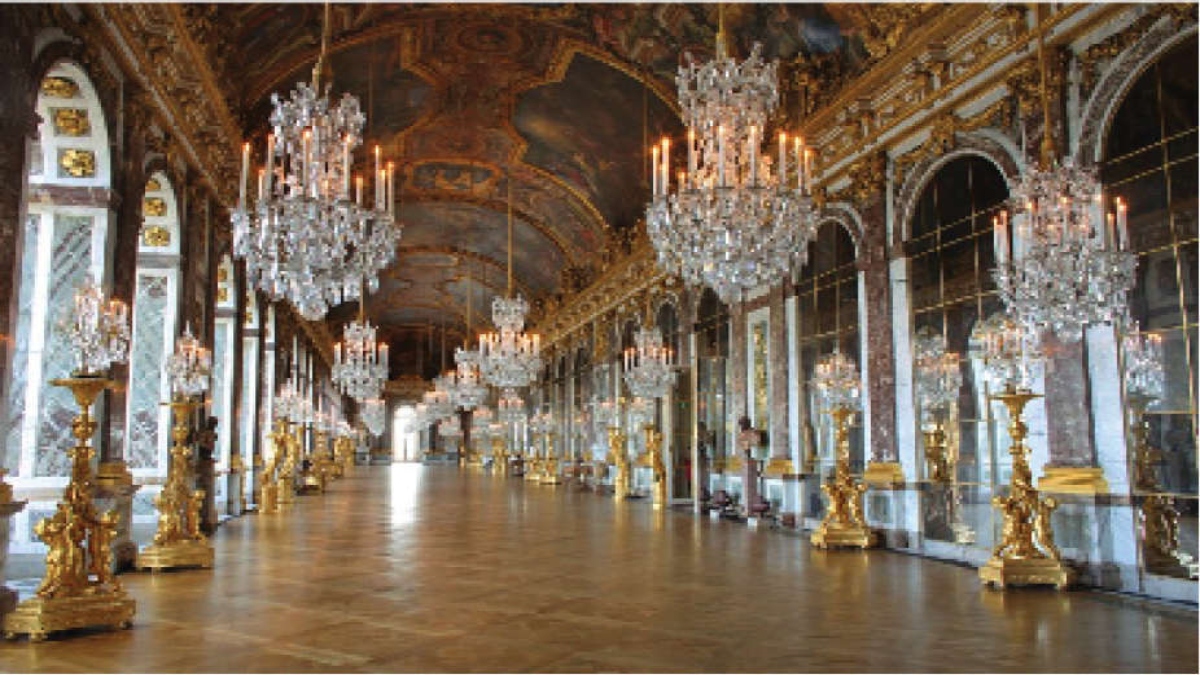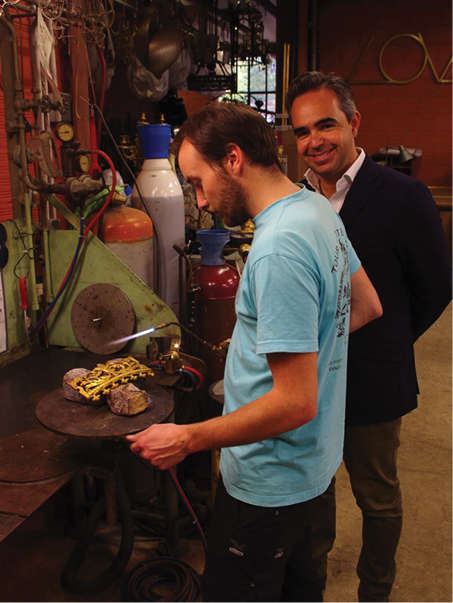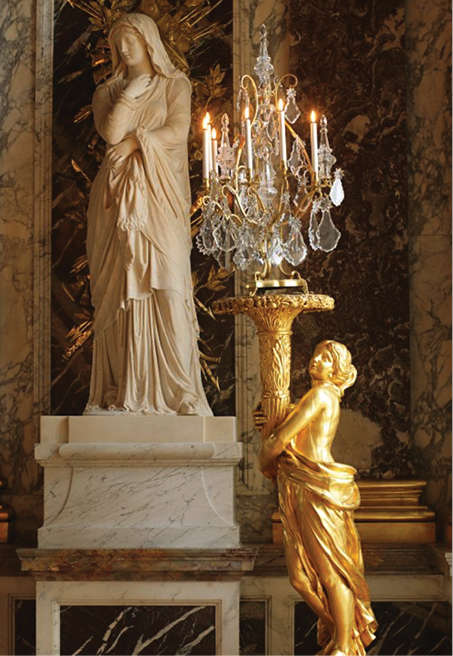


Chandelier designer and restorer Regis Mathieu is one of the biggest luminaries in the field of opulent lighting designs across the world. Heir to the Mathieu Lustrerie atelier, founded by his father Henri Mathieu in 1948, and based in Luberon, south of France, as well as in Delhi, Mathieu has been a seasoned point of reference for palace chandeliers, rare museum lighting designs and objets d’ arts that need to be preserved, restored or designed on a lavish scale. Restoring and creating rare artistic illuminations has been the forte of the illumination design house for decades.
At Mathieu Lustrerie, the chandeliers are crafted the same way as they were in the 16th, 17th or 18th century, but integrating the latest technologies as well. Regis plays with reflection and illusion, with candles and mirrors, with rock crystal, bronze and semi-precious stones, creating masterpieces that dazzle the onlooker, and push the benchmark of luxury across the world.

With a team of skilled craftsmen, who work like lapidaries, or artists who create exquisite ornamental jewellery, Mathieu’s glowing empire, comprises design interventions at the iconic Hall of Mirrors at Chateau de Versailles, extraordinary masterpieces at the Philadelphia Academy of Music, the Opera Garnier in Paris and Monaco, Cosmos Club in Washington and closer home, the Durbar Hall of the Lukshmi Vilas Palace, Baroda, besides many rich and famous patrons with grand houses around the world, including the biggest names in fashion like Louis Vuitton, Chanel, Cartier, Hermes, and Christian Dior, besides others.
Starting off with an MBA from CECE (European Center of Foreign Exchange Market Studies), in Marseilles, France, Regis took his father’s empire to dizzying new heights in the field of artistic illuminations. His innate love for art helped him along the way, as he derived inspiration from different eras, incorporating modernity in his handcrafted bespoke creations that the rich vied to have in their collections.
His reverence to the artistry of the great masters is apparent in his love for fine detailing. Regis often looks up to Charles Garnier, architect of the Opera de Paris, as well as Jean-Michel Frank to rekindle his creativity. “We produce works of art rather than mere lighting pieces and this is what sets us apart,” he points out.
Though vintage installations are a speciality of the house, his bespoke luxurious creations, crafted out of silver, gold, and semi-precious stones are a labour of love that take months to complete. The Indian A-list has been part of his exclusive clientele, and Regis is looking at the burgeoning market of luxe in the country.

One of his most iconic work being, The Hall of Mirrors, Château de Versailles. Designed by Jules Hardouin-Mansart in 1678, the Hall of Mirrors in Versailles was completed six years later under the supervision of Charles Le Brun, author of the magnificent ceiling that is an ode to the glory of Louis XIV. Opening onto Lenotre’s gardens are 17 windows facing 17 arcades covered with mirrors made of glass. Louis XIV envisaged this gallery as a definite proof, a showroom for the vibrant and innovative French glass-manufacturing industry—after the war with the Republic of Venice and the creation of Saint-Gobain in 1665.
The Hall of Mirrors was a passage and used as a ballroom for exceptional events such as the reception of the Siamese ambassador by Louis XIV, the Plaisirs Royaux in 1664, and the masked ball for the wedding of Louis XVI with Marie-Antoinette, when 7,000 candles were lit in the evening. It took two years for the artists at Mathieu Lustrerie to restore the 24 crystal drop chandeliers and as many girandoles, in the Hall of Mirrors. The entire workshop had shifted to the palace for the duration of the work.